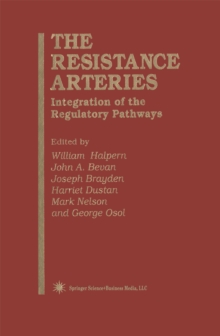
Neoplastic Transformation in Human Cell Culture : Mechanisms of Carcinogenesis PDF
by Johng S. Rhim, Anatoly Dritschilo
Part of the Experimental Biology and Medicine series
Description
The role of carcinogenic agents in the deveolopment of human cancers is now being defined using a variety of human cells as experi- mental model systems.
A workshop on "neoplastic transformation in human cell systems in vitro: mechanisms of carcinogenesis" was held at the Georgetown University Medical Center, Washington, DC, on April 25-26, 1991.
The aims of the workshop were to present the state-of-the- art in the transformation of human cells in culture, as well as to provide insight into the molecular and cellular changes involved in the conver- sion of normal cells to a neoplastic state of growth.
The following topics were closely related to the theme of the workshops: 1.
Derivation of in vitro model systems (epithelial, fibroblastic, and hematopoietic). 2. Factors modulating cellular transformation. 3. Usefulness of defined in vitro model systems for viral, chemical, and radiation carcinogenesis. 4. Multistep nature of human cell carcinogenesis. 5. Role of activated and suppressor oncogenes in neoplastic trans- formation.
The workshop was organized by J. S. Rhim and A. Dritschilo (cochairmen), G. Jay, J. little, M. McCormick, R Tennant, and R R Weischelbaum. There were 32 speakers, 30 poster presentations, and about 190 participants.
Information
-
Download - Immediately Available
- Format:PDF
- Publisher:Humana Press
- Publication Date:06/12/2012
- Category:
- ISBN:9781461204114
Other Formats
- Hardback from £120.95
- Paperback / softback from £81.69
Information
-
Download - Immediately Available
- Format:PDF
- Publisher:Humana Press
- Publication Date:06/12/2012
- Category:
- ISBN:9781461204114









